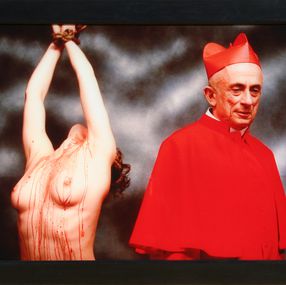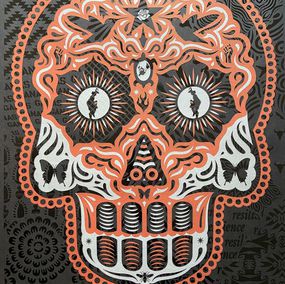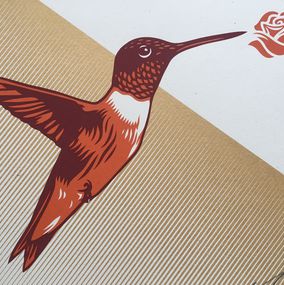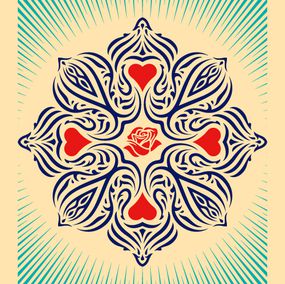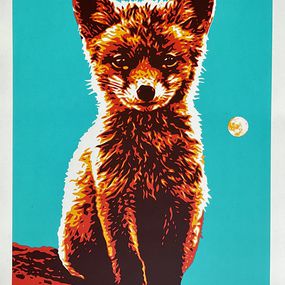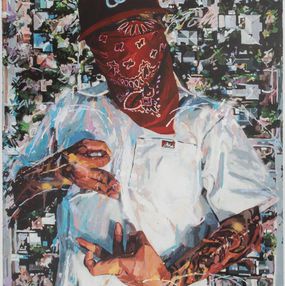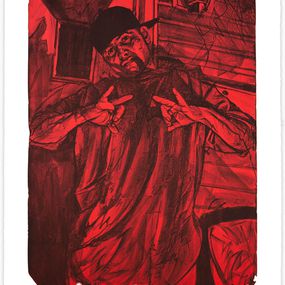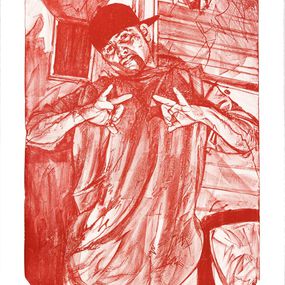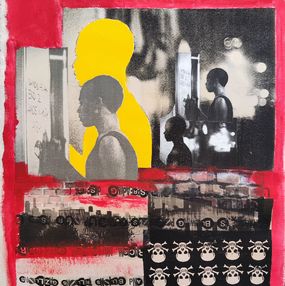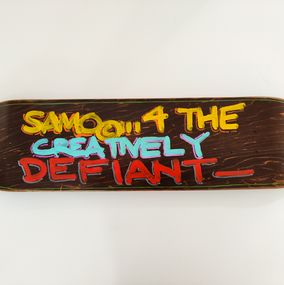
Chicano Art
Born out of the socio-political unrest of the late '60s, the Chicano Art movement was in essence a form of protest. The art movement was heavily influenced by The Chicano movement, El Moviemento, which was headed by Mexican Americans fighting for civil and political rights.
With central issues to the movement being those related to identity, collective history and culture, many Chicano artists sought to express this within their art. Many early murals helped to define the cultural and self-identity of the Chicanos in an affirmative way that challenged racial stereotypes. Vibrant colors and iconography communicated these political statements in a direct and in-your-face way. Pre-Columbian art and Mexican Muralism as well as artists such as Diego Rivera and David Alfaro Siqueiros inspired painters with their powerful political images, influencing them to do the same by using art as a vehicle for change and rebellion.
Key figures such as Carlos Almaraz, Judy Baca, Benny Luna and Frank Romero were crucial to the popularisation of the movement. Their striking and vibrant murals quickly spread throughout the United States with Latin American influences, starting in Los Angeles and reaching as far as San Antonio, Texas and Chicago, Illinois.
The legacy of Chicano art is sustained by contemporary artists of the movement, and whilst Latin heritage remains a key aspect, the versatility of the art being produced has expanded, with a broad range of subject matters and mediums being used by artists. Discover contemporary Chicano artists and their wide range of art on Artsper.






